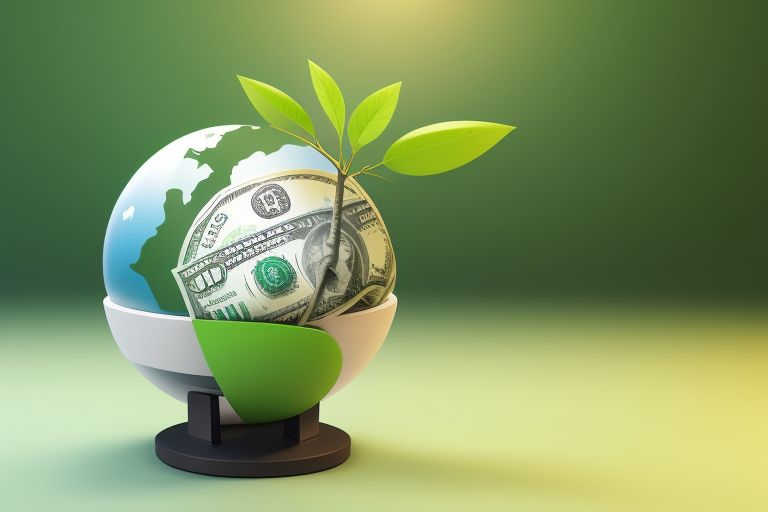Corporate debt, a critical component of the financial markets, has played a pivotal role in shaping the economic landscape. Companies leverage debt to fund operations, expand business activities, and manage capital structures. This article delves into the current trends in corporate debt, examines its implications for financial markets, and offers predictions for its future role.

Current Trends in Corporate Debt
Low-Interest Rates Fuel Borrowing:
The prolonged period of historically low-interest rates has made borrowing more attractive for corporations. Central banks worldwide have maintained low rates to stimulate economic growth, leading to an increase in corporate debt issuance. Companies have taken advantage of cheap credit to refinance existing debt, invest in new projects, and return capital to shareholders through buybacks and dividends.
Shift Towards Sustainability:
Environmental, Social, and Governance (ESG) considerations are increasingly influencing corporate debt markets. Companies are issuing green bonds and sustainability-linked bonds to fund environmentally friendly projects and demonstrate their commitment to sustainable practices. This trend is attracting a new class of socially conscious investors, further integrating ESG criteria into financial decision-making.

Implications for Financial Markets
Market Liquidity and Stability:
The surge in corporate debt has contributed to increased liquidity in financial markets. However, it also raises concerns about market stability. High levels of corporate debt can amplify economic downturns, as heavily indebted companies may struggle to meet their obligations during periods of financial stress.
Interest Rate Sensitivity:
The extensive reliance on debt makes corporations more sensitive to interest rate changes. As central banks begin to tighten monetary policy, higher interest rates could increase the cost of servicing debt, impacting corporate profitability and potentially leading to higher default rates.
Credit Market Dynamics:
The growth in corporate debt has altered the dynamics of credit markets. Investors are more discerning, with a heightened focus on credit ratings and company fundamentals. The differentiation between investment-grade and high-yield bonds has become more pronounced, influencing investment strategies and portfolio allocations.

Future Predictions for Corporate Debt
Technological Integration:
Advances in financial technology are likely to reshape the corporate debt landscape. Blockchain and digital ledger technologies can streamline debt issuance processes, enhance transparency, and reduce transaction costs. These innovations could make debt markets more efficient and accessible.
Global Debt Diversification:
As emerging markets continue to develop, their participation in global debt markets will grow. Diversification of corporate debt across regions will offer investors broader opportunities but also require careful assessment of geopolitical and economic risks.
Conclusion
Corporate debt remains a fundamental element of financial markets, providing essential funding for companies while presenting both opportunities and risks for investors. The current trends of low-interest rates, increased leverage, and the rise of ESG debt are shaping the corporate debt landscape. Looking ahead, technological advancements, regulatory changes, and the growth of emerging markets will play crucial roles in determining the future trajectory of corporate debt. By staying attuned to these trends and predictions, investors and companies can navigate the complexities of the corporate debt market effectively.

The Role of Ethical Investing in Financial Markets

The Impact of Trade Wars on Global Investments

The Evolution of Mobile Payments: Navigating Through Trends and Future Prospects

Crypto and Stocks: Diversifying Portfolio in the Digital Age

The Financial Impact of Climate Change: How to Invest in a Warming World

The Impact of Global Economic Shifts on Financial Markets

How to Maximize Your 401(k) Contributions
